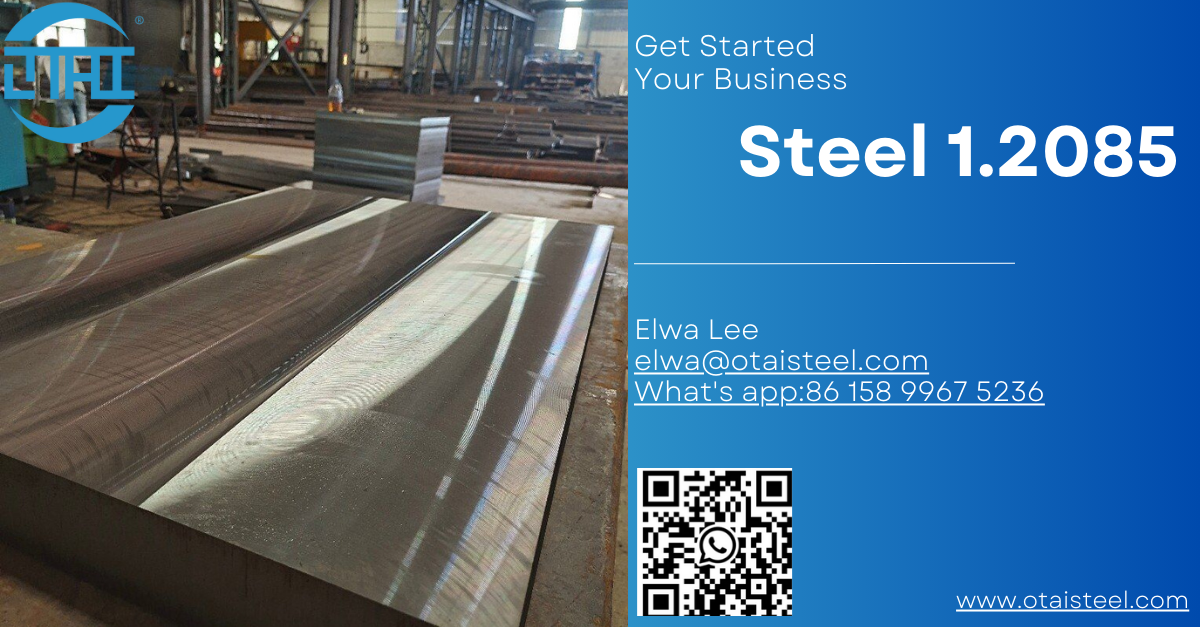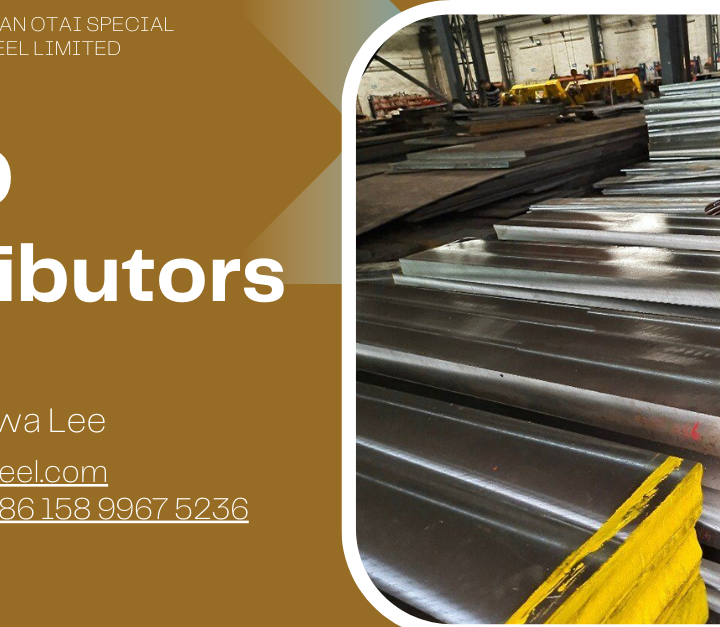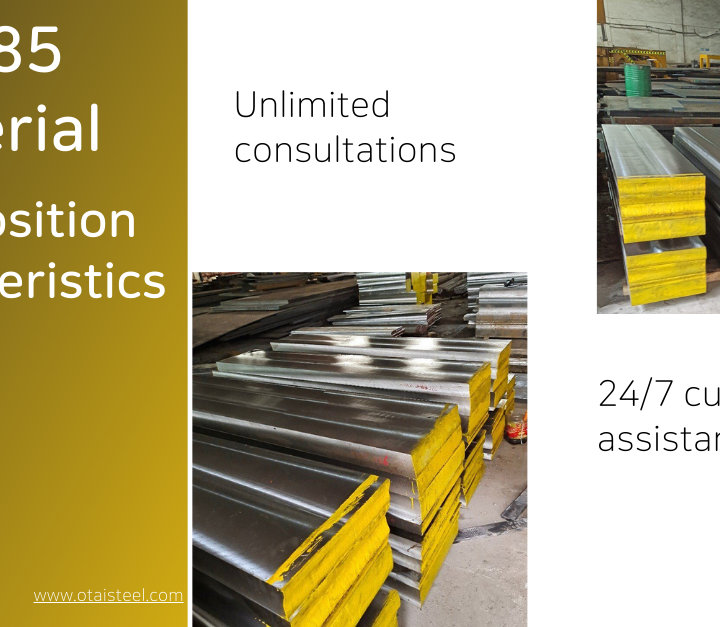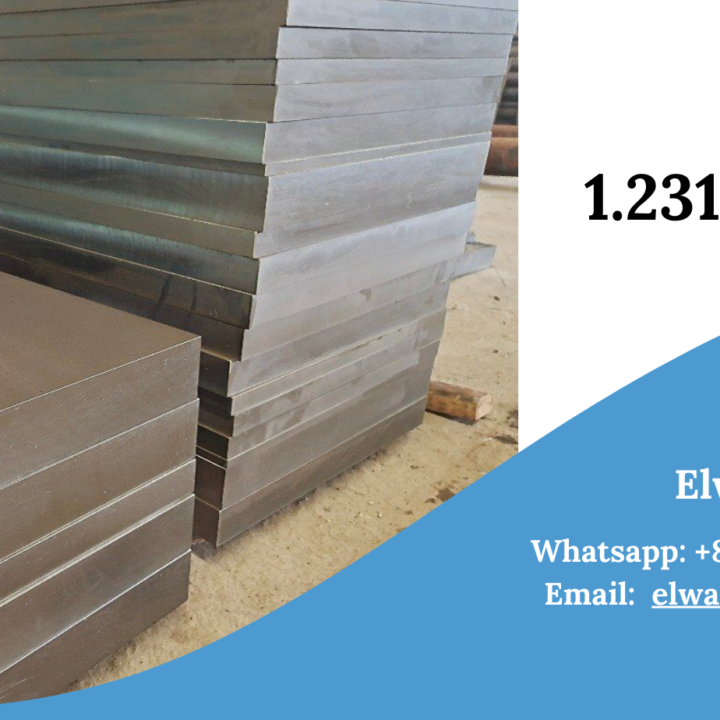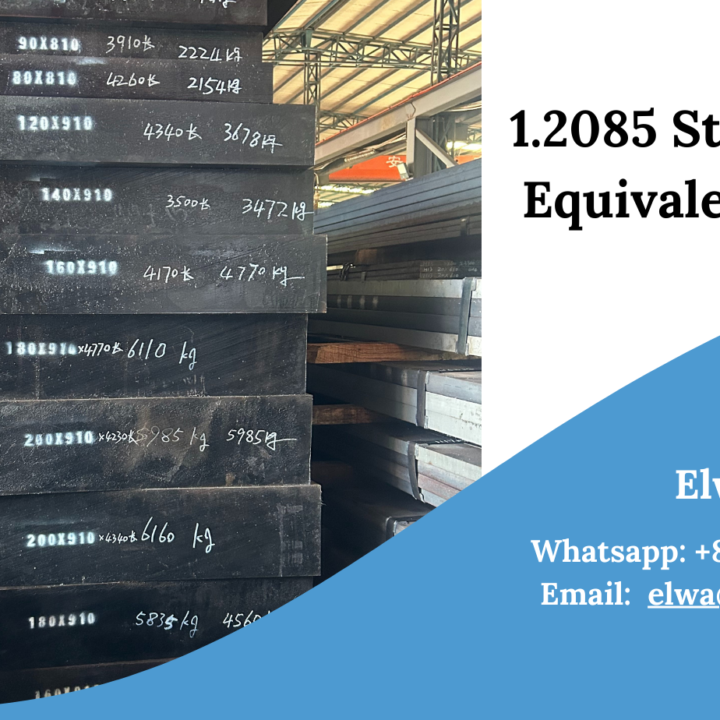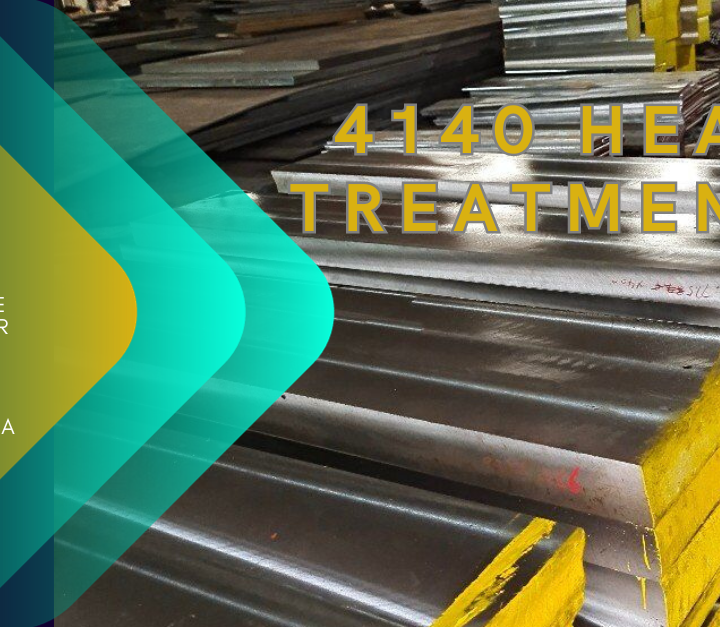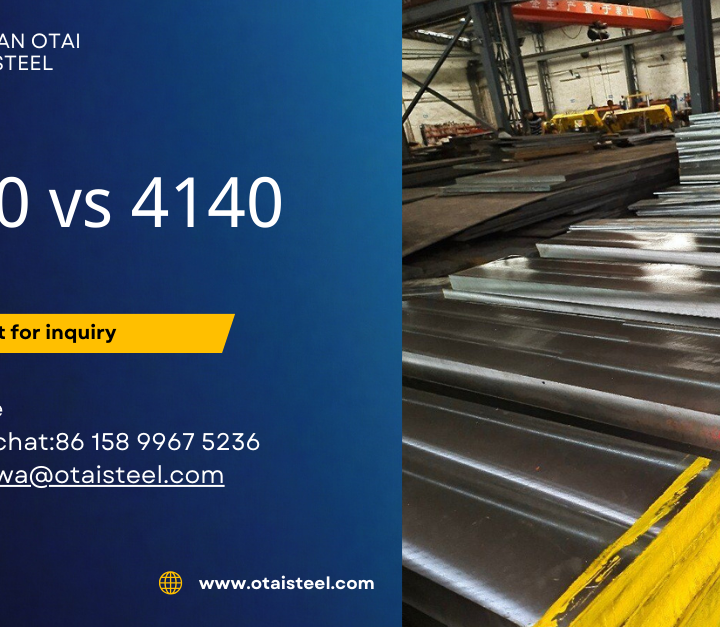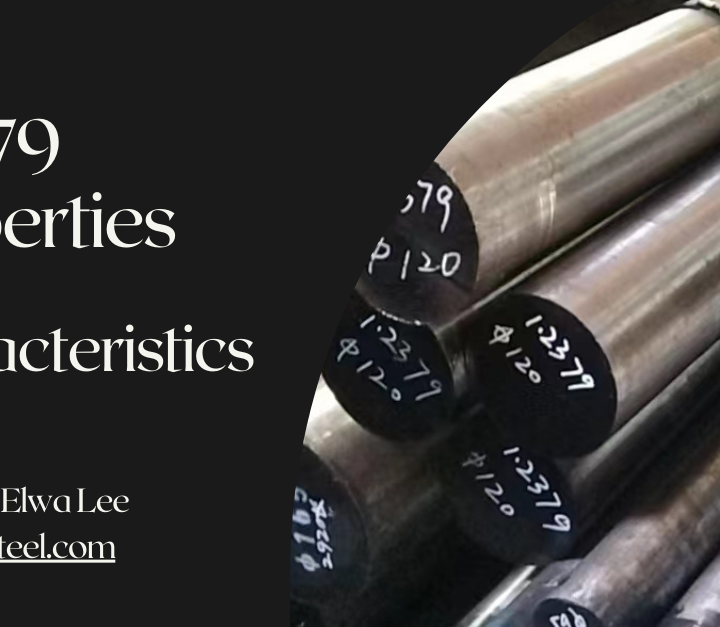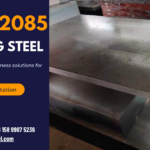When it comes to steel materials, professionals and engineers worldwide turn to Steel 1.2085 for its exceptional properties and versatility. In this comprehensive guide, we will delve into the key considerations you should keep in mind when working with it. Whether you are a seasoned expert or new to this remarkable steel alloy, this article aims to provide valuable insights, answer your questions, and ensure a smooth experience when utilizing this material in your projects.
Understanding
Steel 1.2085, also known as 420M, is a highly sought-after tool steel known for its excellent corrosion resistance, wear resistance, and machinability. Its composition primarily includes carbon, chromium, and molybdenum, making it ideal for various applications in the tool and die industry.
Properties and Advantages
- Corrosion Resistance: Steel 1.2085 exhibits remarkable resistance to corrosion, making it suitable for applications in environments where exposure to moisture and chemicals is a concern.
- Wear Resistance: The steel’s high hardness and wear resistance make it perfect for components subjected to heavy wear, such as molds and dies.
- Machinability: It is known for its excellent machinability, allowing for precise shaping and finishing of components.
Common Applications
It finds application in various industries, including:
- Mold Making: It’s widely used for making plastic injection molds, die-casting molds, and extrusion dies.
- Cutting Tools: Steel 1.2085 is suitable for manufacturing cutting tools like shears, knives, and saw blades.
- Medical Instruments: Its corrosion resistance makes it valuable in the production of surgical instruments.
Working with Steel 1.2085
To make the most of this material, here are some essential considerations:
Heat Treatment: Proper heat treatment is crucial to achieve the desired hardness and toughness. Consult with experts to determine the best heat treatment process for your specific application.
Machining: Due to its machinability, Steel 1.2085 can be shaped and finished precisely. However, it’s essential to use the right cutting tools and techniques to avoid overheating and maintain tool life.
Maintenance and Care
Maintaining Steel 1.2085 tools and components is vital for longevity. Regularly clean and inspect the steel for signs of wear or corrosion. Apply appropriate rust protection measures if necessary.
FAQs
Q1: What is the maximum hardness achievable with Steel 1.2085?
The maximum hardness typically achieved with Steel 1.2085 is around HRC 54-58.
Q2: Can it be used for outdoor applications?
While it has good corrosion resistance, prolonged exposure to outdoor elements may still require additional protective coatings.
Q3: Is it suitable for high-temperature applications?
No, it’s not recommended for high-temperature applications due to its limitations in retaining hardness at elevated temperatures.
Q4: How can I prevent corrosion of the components?
Regular cleaning, proper storage, and applying rust inhibitors can help prevent corrosion.
Q5: Where can I source high-quality Steel 1.2085?
You can contact us at elwa@otaisteel.com or reach out on WhatsApp at +86158 9967 5236 for inquiries and sourcing information.
In conclusion, Steel 1.2085 is a remarkable tool steel with a wide range of applications. Understanding its properties, advantages, and proper handling is essential for achieving the best results in your projects. Whether you’re crafting precision tools, molds, or medical instruments, it is a reliable choice. For further inquiries or assistance, feel free to contact us. We are here to help you make the most of this exceptional steel alloy.
